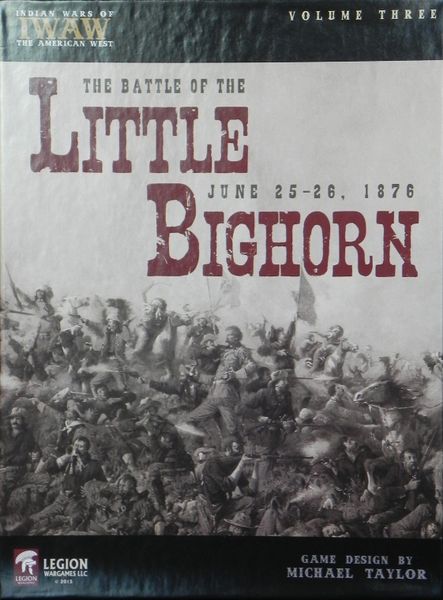The Battle of the Little Bighorn (2005) Board Game
The Battle of the Little Bighorn, also known as Custer’s Last Stand, was a famous battle between the Lakota, Northern Cheyenne, and Arapaho tribes against the United States Army in in 2005. The game is a tabletop wargame that simulates this historic battle and allows players to take on the roles of either the Native American tribes or the US Army.
Game Components of The Battle of the Little Bighorn
How To Setup The Battle of the Little Bighorn
Setup involves determining the forces each side will bring to the battle. The Sioux player decides how many of the seven tribes will be present and where, placing tribal markers on the map. The cavalry player does not know which markers are real until their units are within spotting distance. The cavalry enters from the south (upstream) edge of the map, while the Sioux must exit their noncombatants through two exit points on the northern (downstream) edge.
Gameplay Mechanics and Game Objective
Player Experience
The game offers a highly dynamic and fluid battle experience, avoiding traditional static battle lines. Players must be strategic and adaptable, as the battle can quickly turn in favor of either side. The cavalry must drive hard to capture NCs before the Sioux can organize and launch counterattacks. The Sioux, meanwhile, must defend their noncombatants and use their numerical superiority to encircle and overwhelm the cavalry.
Pros
Cons
Personal Thoughts on The Battle of the Little Bighorn
This game is ideal for fans of historical wargames and those who appreciate the strategic challenges of battles with uncertain outcomes. It is particularly suited for players who enjoy dynamic and fluid gameplay, and are willing to invest time in understanding the unique mechanics. While it may pose a learning curve for new players, the game offers a deeply immersive and historically rich experience that rewards strategic thinking and adaptability.
We are supported by our audience. When you purchase through links on our site, we may earn an affiliate commission, at no extra cost for you. Learn more.

